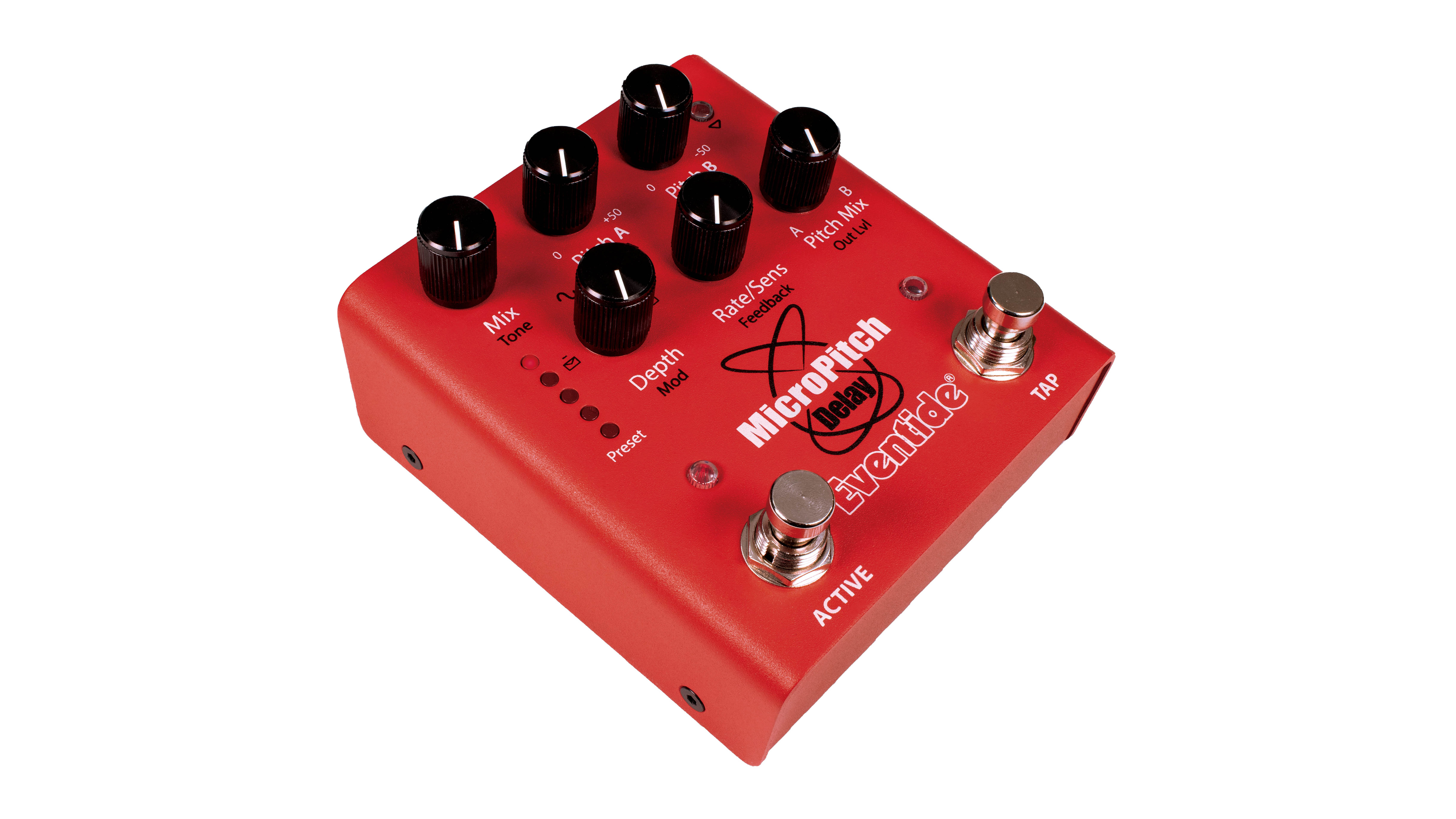MusicRadar Verdict
The MicroPitch delay will hopefully bring Eventide’s iconic algorithm to new players, and the level of intuitive control and versatility this pedal format offers means it deserves to. Whether you’re looking for the classic sounds it helped shape or to widen your tone, pedalboard or recording horizons, it’s highly recommended.
Pros
- +
High quality, unique algorithm in compact form
- +
A huge array of tone-shaping controls
- +
Covers everything from subtle widening to otherworldly modulated delays
Cons
- -
We’d prefer to have the preset select as a standalone control but it’s a small bugbear
MusicRadar's got your back
What is it?
The democratisation of pro-level musical equipment has been an incredible thing to witness in the last 20 years – especially high-end rack-mounted processors that provided some of the lush tones on classic albums that are now becoming available as plugins and pedals.
Eventide’s MicroPitch Delay pedal is another landmark chapter in that story. It’s already available as a plugin, but now you can take it onstage with this compact pedal release as the second in the dot9 series following the Blackhole reverb. But what is MicroPitch?
Eventide itself describes the role of the MicroPitch as ‘stereo widening’ – it makes your guitar sound bigger. And yes, it does that but it also does much more here too. The history of the MicroPitch delay algorithm is important in Eventide’s story; and it was actually inspired by musicians.
The H910 Harmonizer’s slightly unstable clock caused it to flicker between two pitch ratios, when producers like Tony Visconti and musicians like Eddie Van Halen discovered the effects this produced (around the 1984 album era on through the Van Hagar records for the latter) they began using two H910s together to achieve the stereo widening effect on tracks.
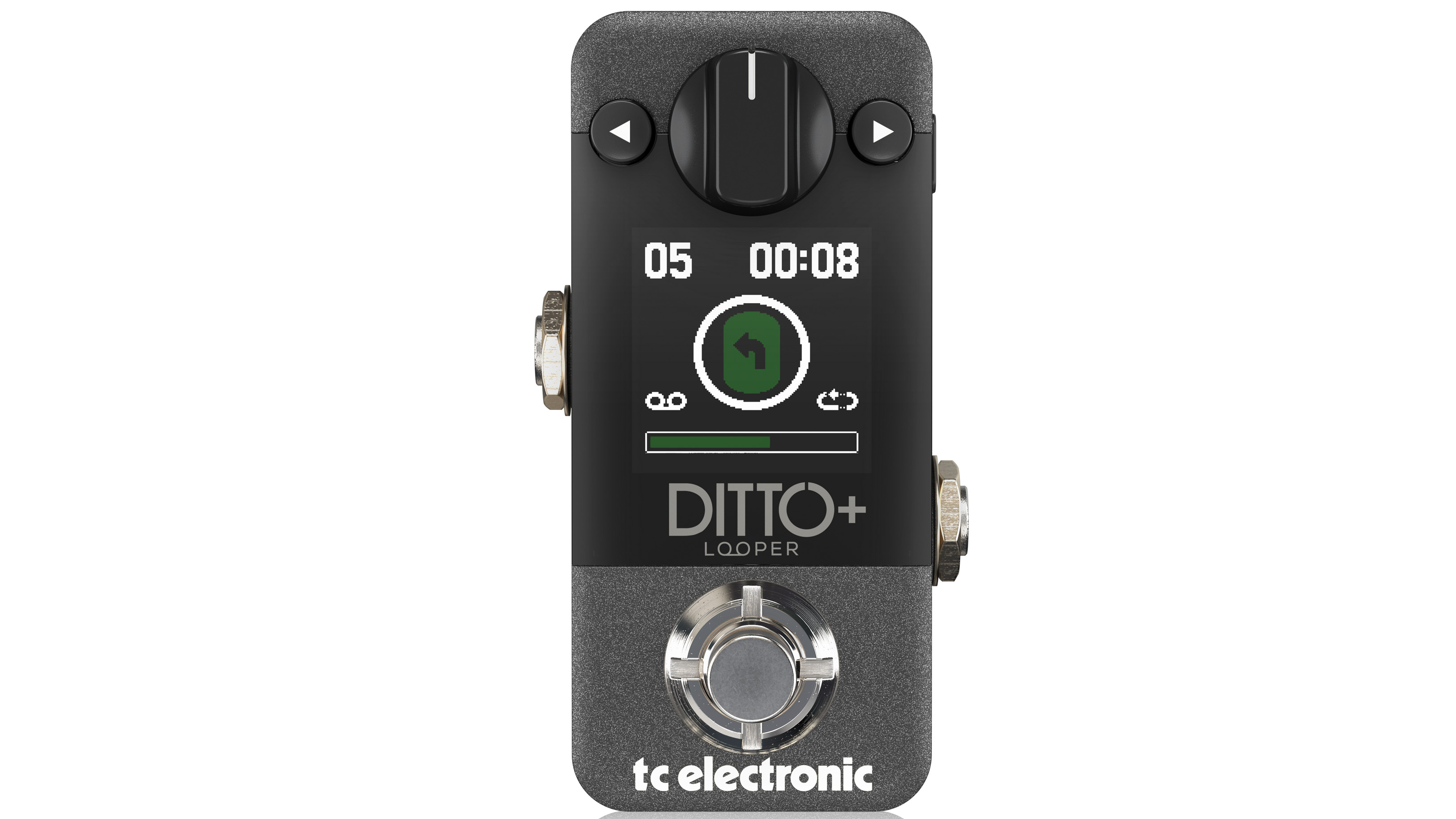
The H949 Harmonizer then embraced this by offering precise deviations in pitch and introducing MicroPitch shifting as a studio tool. It’s like Eventide’s special twist on a chorusing sweep effect, here enabling detuning and uptuning by + or - 50 cents to be combined in a tasteful way.
It was further enhanced by the DSP-based H3000, one of the all-time great multi-effects units. Rhythms sounded more expansive and guitar leads could pop when dialled in with the right recipe of parameters. And why limit it to guitars? Vocals, keys and even snare drums can benefit (hear David Bowie’s Low for the latter).
The MicroPitch Delay pedal takes that algorithm to allow widening and thickening of your sound or more out-there tones, with the five onboard presets that it ships with showcasing some of that range. The 80s heritage here is undeniable and we’re hoping it will deliver the classic MicroPitch sound of detune and uptune signal combination. But we want to know how effective that kind of tool is in the here and now for guitar players, especially for everyday rigs. And also how versatile it is in offering inspiring sounds for other applications for your pedalboard tones.
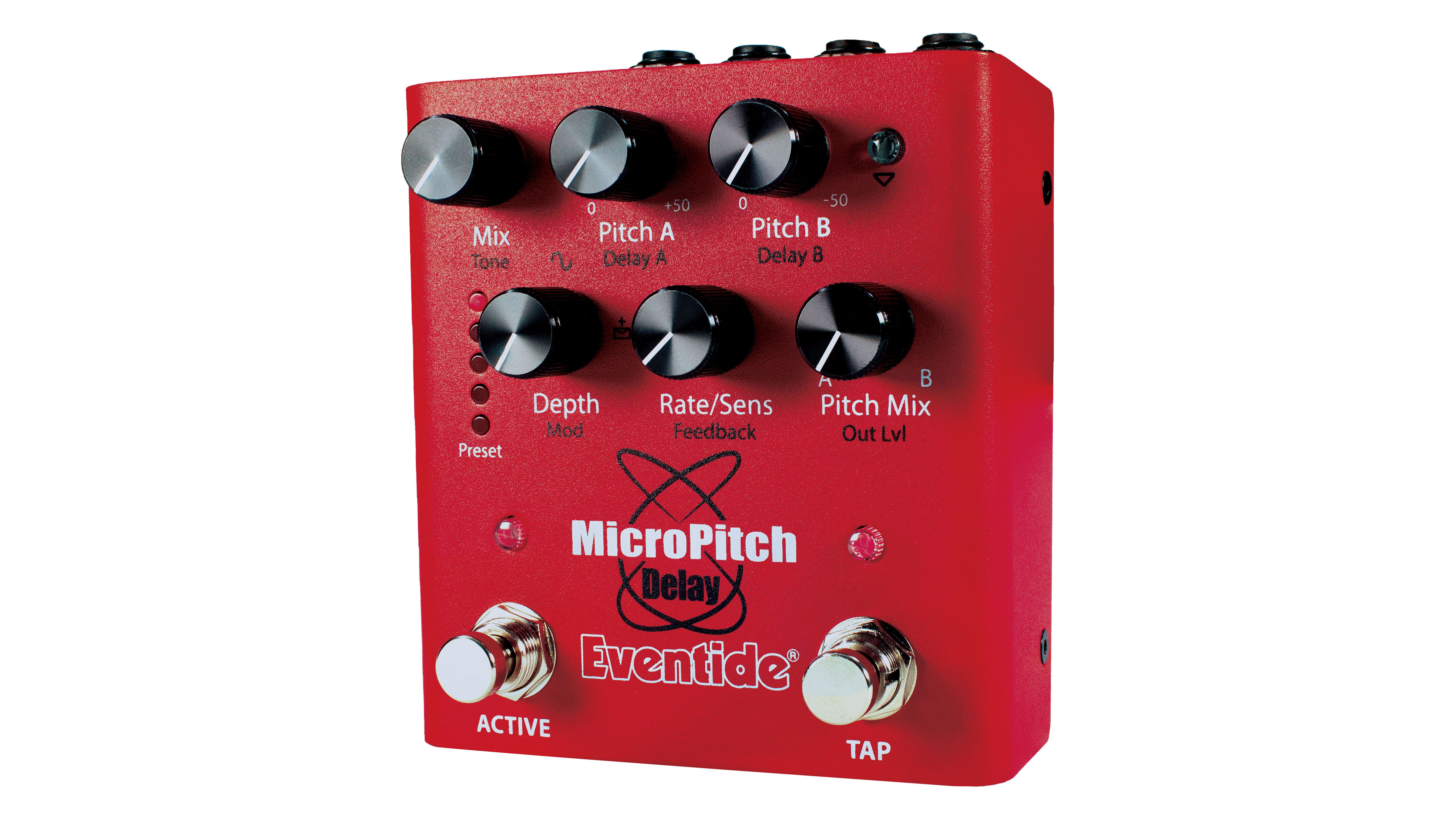
Performance and verdict
The six parameter controls available on the pedal perform double duty to offer a wealth of tweaking – for example Pitch controls also switch to two separate Delay A and B knobs via the small LED button on the top right.
It works well for quick edits, which is handy because the 12 different controls all shape your tone significantly. And it will quickly become apparent this is more than just a widening tool.
Preset 1’s classic dialled-in H3000 sounds are a case in point. We’re soon calling this the ‘highway to the Van Halen danger zone’, once we dial back the mix from its cranked OTT preset level and fire up the 5150 and Boogie-esque models on our Helix and Positive Grid BIAS we soon have a lot of fun. The girth and defined modulation that offers instant 80s hard rock heaven will be justification for the asking price alone for some players.
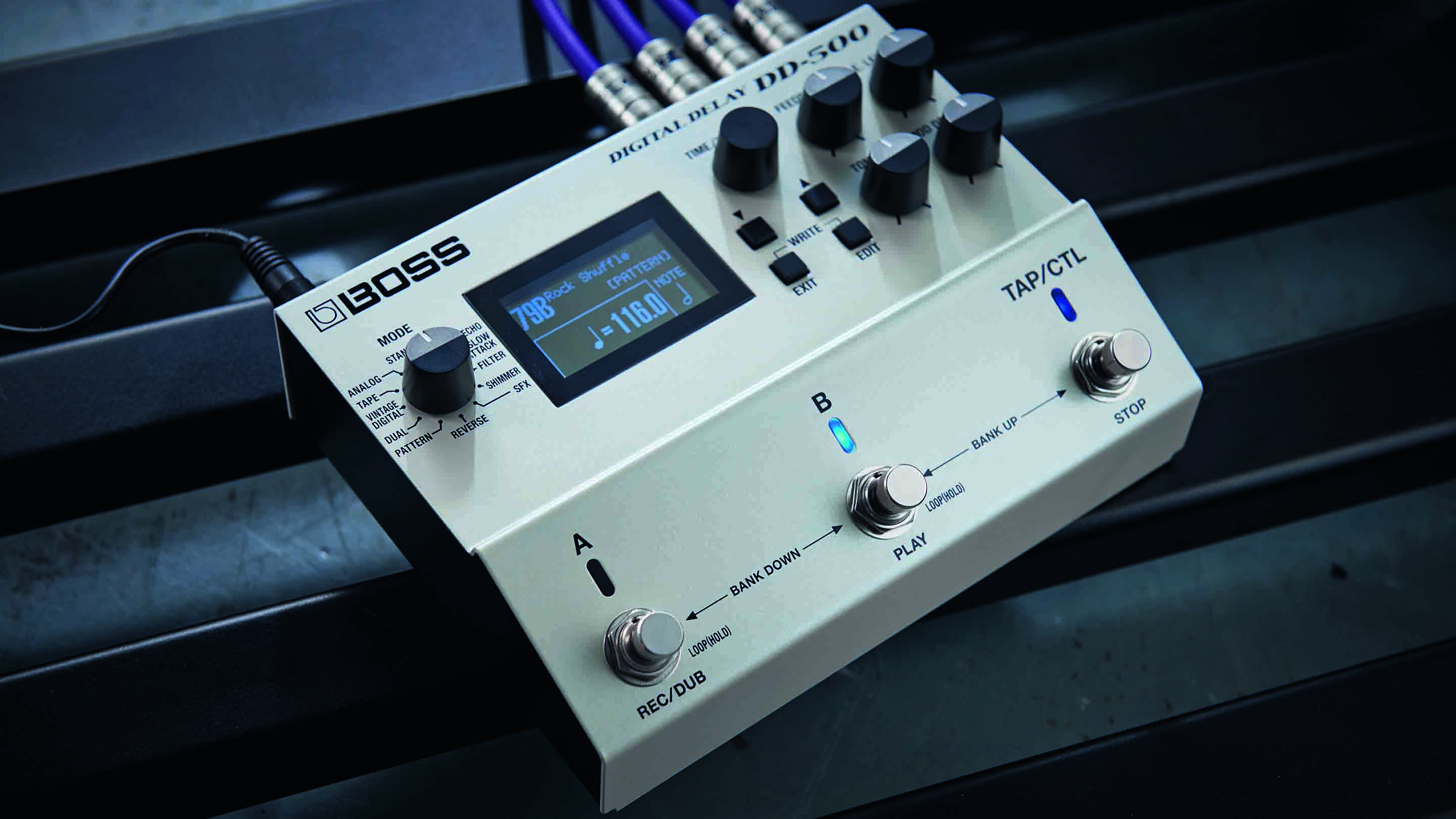
• Boss DD-500
A deep-dive into the world of delay with mod depth, but there's also pitch shifting features here too that were improved with an update after launch.
• Eventide PitchFactor
Pricier and not as compact but you get added effects including the superb octaver and harmony sounds.
• TC Electronic Mimiq Doubler
A different approach to a thicker guitar sound with this double-track effect.
It soon becomes apparent that the MicroPitch is great for ‘always on’ rhythm enhancement when dialled more subtly with the mix controls, but there’s also some huge opportunities here for solo tones, from cocked wah territory to unhinged discordance.
The fine-tuning of not just each pitch, but the mix between them alongside the wet and dry signal balance also allows the MicroPitch Delay to become an extremely effective boost for leads that you need to stand out in a live mix – and what guitarist doesn’t know about that ongoing challenge.

The tone control in the secondary layer of controls enhances this capability; at 12 o’ clock it’s flat, while turning it up boosts the treble frequencies and turning it down boosts the bass. We also found the Modulation control to alter the pitch can respond to the sensitivity of your playing; when turning down from noon, the effect was more pronounced when we played softer and vice versa when we turned the control up past its flat setting. Another way the MicroPitch can be tailored to your individual guitar style and needs.
The modulation you can add to the blended pitch effect then reveals added dimensions, with the depth and rate bringing an otherworldly quality to rockabilly tones as we move to the Slap My Echo preset. It’s easy to get carried away with the dials but less can be much more here.
The versatility goes beyond just an endgame pedal for 80s rock thrillseekers (though it has to be said, we were dialling in some lovely big Def Leppard Hysteria chord tones) and the MicroPitch really repays time spent exploring its capabilities.
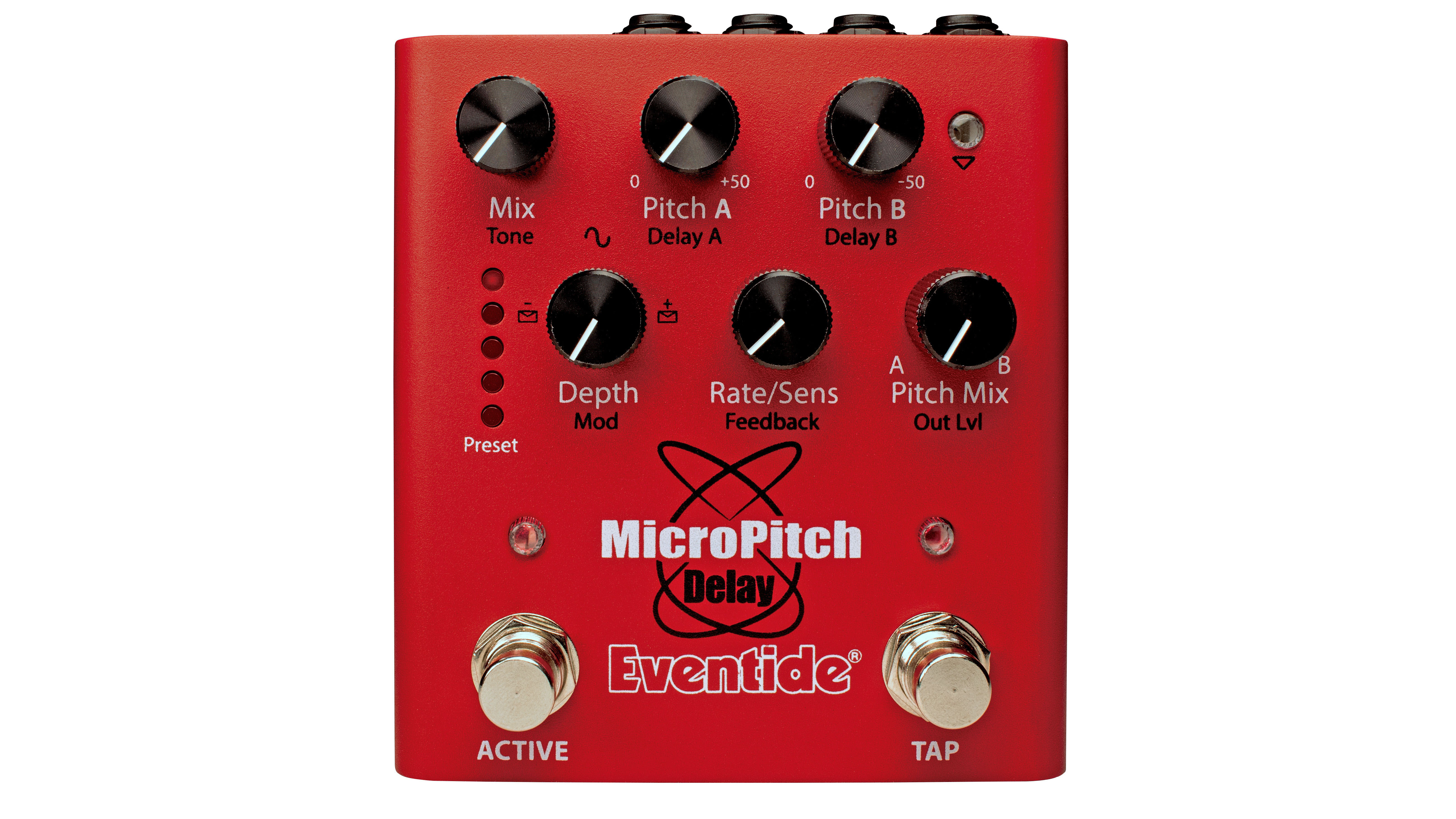
For each preset there’s also a handy overlay card included here that you can place over the controls to show you how the pedal’s controls are set to achieve it. This is an effective way of not only hearing how versatile the MicroPitch Delay sounds between the presets but also how parameters affect the tone for you to dial in your own sounds. And when you find your tone, hold down the button right LED to save it to one of the preset slots.
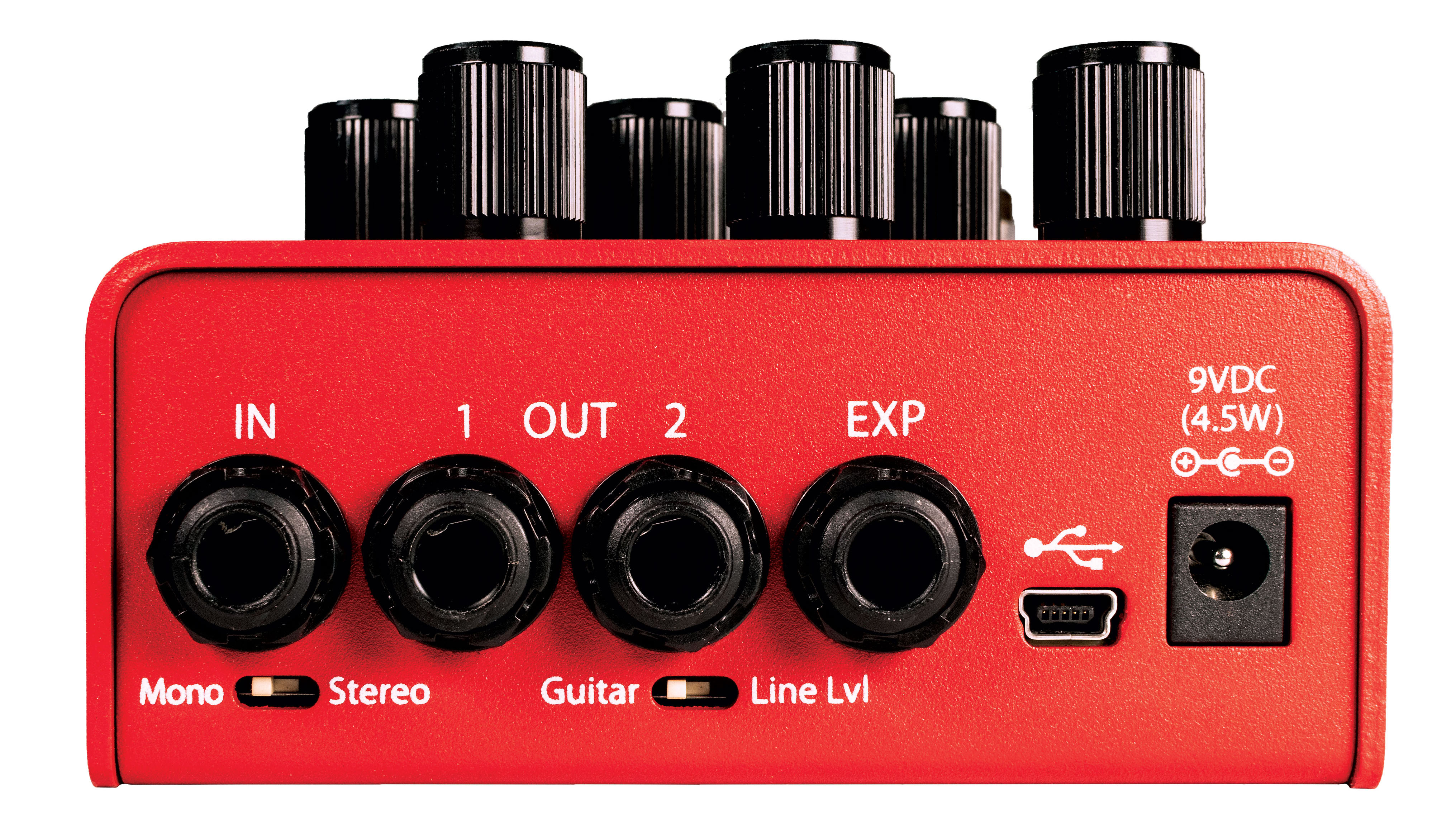
Connecting via USB to the Eventide’s Device Manager also allows you to audition and load another 50 additional Eventide presets (there’s 127 slots in total to add your own too) for inspiration. And they really showcase the range here – from Throughzero’s phaser to Goingdown’s crazy divebombs to Wash 1’s lush clean ambience and Leslie Fades’ er… Leslie tones. You can also edit other settings in the app, including Bypass mode (buffer or relay) and it works seamlessly – even when we tried it with a slightly creaking 2012 Macbook!
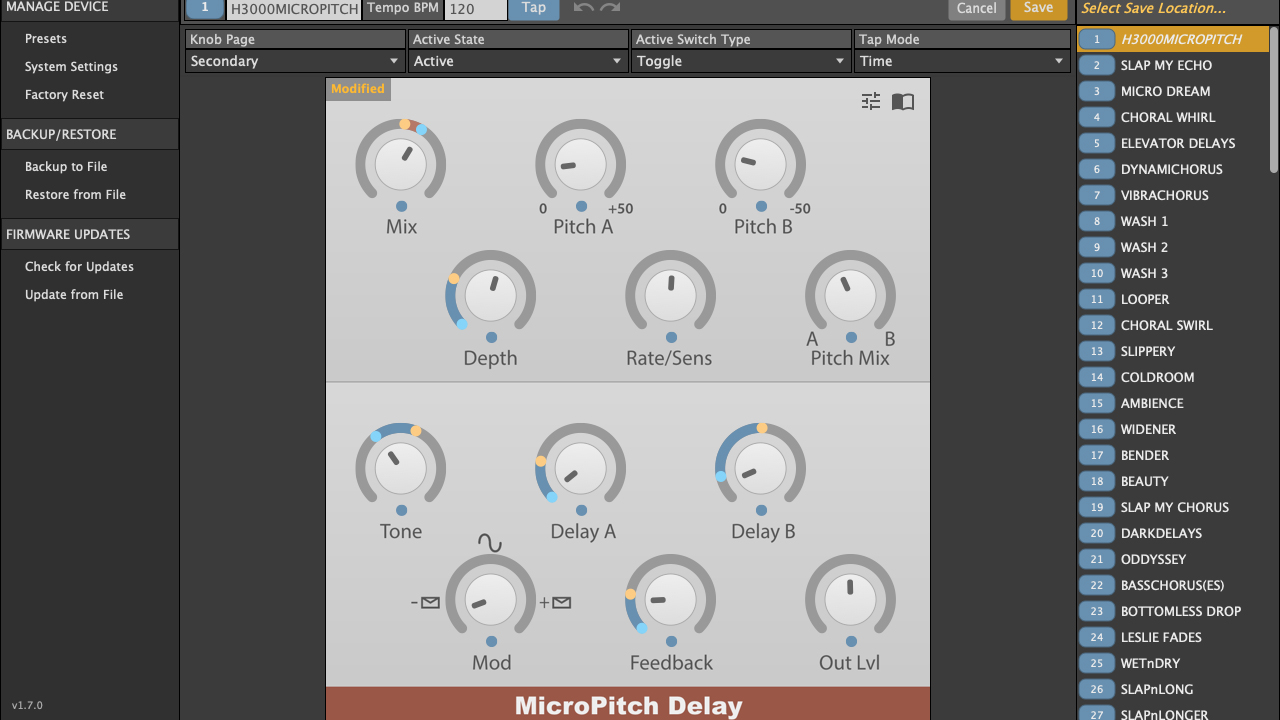
Throw the MicroPitch on thick overdrive and it’s unmistakable - and totally deserving of its place in the studio effects hall of fame, but this is a complex algorithm that offers musical subtlety and inventive extremes that may surprise players who haven’t encountered Eventide's signature sounds before.
For metal, country, shred, prog, alt rock, fusion, prog and beyond, there’s plenty to be discovered here. And that’s before exploring it’s potential for other instruments and expanding its capabilities with an optional expression pedal.
MusicRadar verdict: The MicroPitch delay will hopefully bring Eventide’s iconic algorithm to new players, and the level of intuitive control and versatility this pedal format offers means it deserves to. Whether you’re looking for the classic sounds it helped shape or to widen your tone, pedalboard or recording horizons, it’s highly recommended.
Hands-on demos
Pete Thorn
Sweetwater
Eventide
Leon Todd
Specifications
- ORIGIN: China
- TYPE: Pitch-shifting delay pedal with modulation
- FEATURES: Multiple Bypass options (Buffered, Relay, DSP+FX or Kill dry), MIDI, 5 onboard presets, software editor, Dual-action Active Footswitch for latching or momentary
- CONTROLS: Mix/Tone, Pitch A/Delay A, Pitch B/Delay B, Primary/Secondary Parameter LED button, Depth/Mod, Rate,Sens/Feedback, Pitch Mix/Out Level, Tap in seconds or BPM/Preset Select Mode LED Button, Active LED Button to switch between Active Footswitch and Momentary modes, Active and Tap footswitches.
- CONNECTIONS: Input 1/4" TRS / Mono Tip, Stereo Tip and Ring, Output 1 and 2 1/4" TS Mono / Mono, Expression pedal input 1/4" TRS, Aux Switch or MIDI I/O, Mini USB
- POWER: Included 9V DC adaptor, 200mA
- DIMENSIONS: 178 (w) x 121 (d) x 71mm (h)
- CONTACT: Eventide Audio
MusicRadar is the number one website for music-makers of all kinds, be they guitarists, drummers, keyboard players, DJs or producers...
- GEAR: We help musicians find the best gear with top-ranking gear round-ups and high-quality, authoritative reviews by a wide team of highly experienced experts.
- TIPS: We also provide tuition, from bite-sized tips to advanced work-outs and guidance from recognised musicians and stars.
- STARS: We talk to musicians and stars about their creative processes, and the nuts and bolts of their gear and technique. We give fans an insight into the craft of music-making that no other music website can.
"That's what it takes to make music that's gonna last forever": Olivia Rodrigo and Chappell Roan producer Daniel Nigro on crafting timeless tracks
“A fully playable electro-mechanical synth voice that tracks the pitch of your playing in real time”: Gamechanger Audio unveils the Motor Pedal – a real synth pedal with a “multi-modal gas pedal”
“It was the first rock monster that we'd created”: How an explosive 2001 switch-up revealed just how ferocious Muse could get
